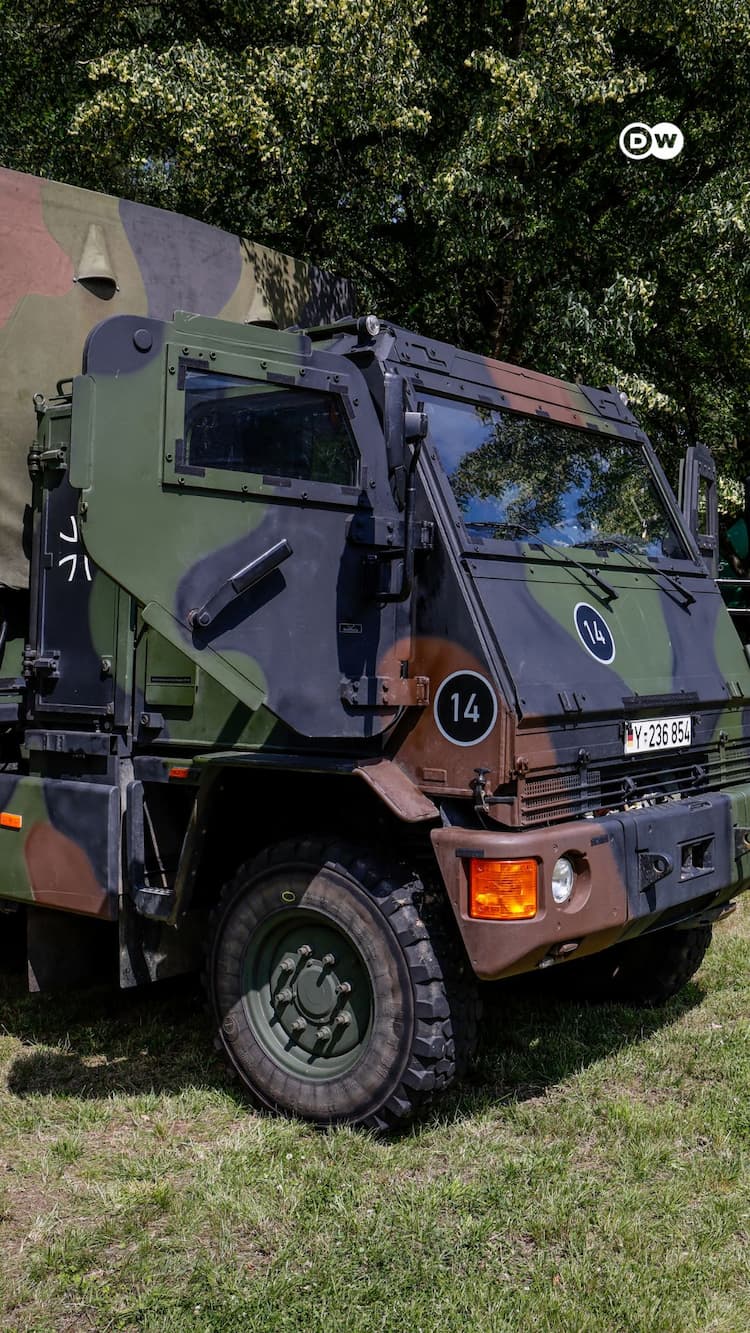This robot just changed its own battery — should we be worried?
You’d think unplugging a robot in the event of a rogue AI uprising could be our last-ditch save-the-world move. Well, not anymore.
Meet Walker S2, UBTECH’s new humanoid robot that just demonstrated something both remarkable and unnerving — the ability to hot-swap its own battery, no humans required. In a recent showcase, the 95-pound bipedal bot walked over to a rack of charged battery packs, twisted its arms into an almost alien pose, removed one of its own battery modules, and inserted a fresh one. Smooth, surgical, and completely autonomous.
It’s a world-first for bipedal robots — and it’s more than just a cool trick. With this feature, the Walker S2 could technically function 24/7, powering up with minimal interruption and no human supervision. Its batteries take 90 minutes to recharge fully. While one is charging, the other powers the robot for two hours of walking or four hours of standing work. Now imagine fleets of such robots rotating through self-charging routines on factory floors. You begin to see the bigger picture.
A shift toward dark factories
This breakthrough has major implications for the manufacturing industry. In the last few years, companies have been chasing the idea of “dark factories” — fully automated production lines where the lights can literally stay off because no humans are present. Autonomous robots that can manage their own power supply are one of the final pieces of that puzzle.
UBTECH isn’t the only player racing toward that goal. China’s robotics scene is booming, with companies like Unitree also pushing out affordable, agile bipedal bots at a rapid pace. The Walker S2’s hot-swap battery adds another layer to that evolving ecosystem — one where machines are increasingly self-sufficient.
Not just useful — unsettling
Robots that can change their own batteries might not sound scary in isolation. But consider this in context: humanoid bots today can already carry out complex warehouse tasks, assist in kitchens, and perform delivery duties. Many are powered by advanced AI models capable of decision-making and navigation.
If they can now also manage their energy needs without downtime, it raises a pressing philosophical — and economic — question: what’s left for human workers?
The future may already be here
This isn’t some decades-away sci-fi fantasy. Autonomous robots are already being deployed in controlled environments across logistics and manufacturing sectors. With every new capability, their reliance on human intervention shrinks.
Walker S2’s battery swap may seem small — but in the story of automation, it’s a giant leap. And yes, it’s fair to ask: should we be impressed, or should we be worried?









